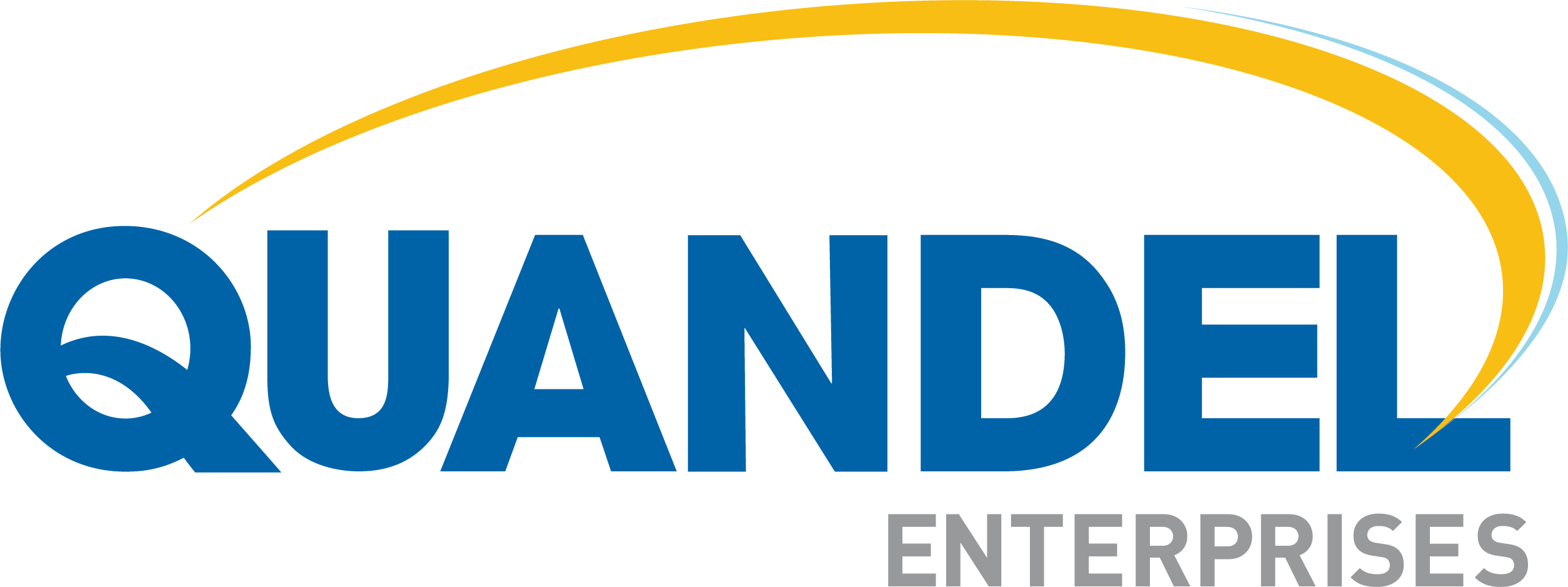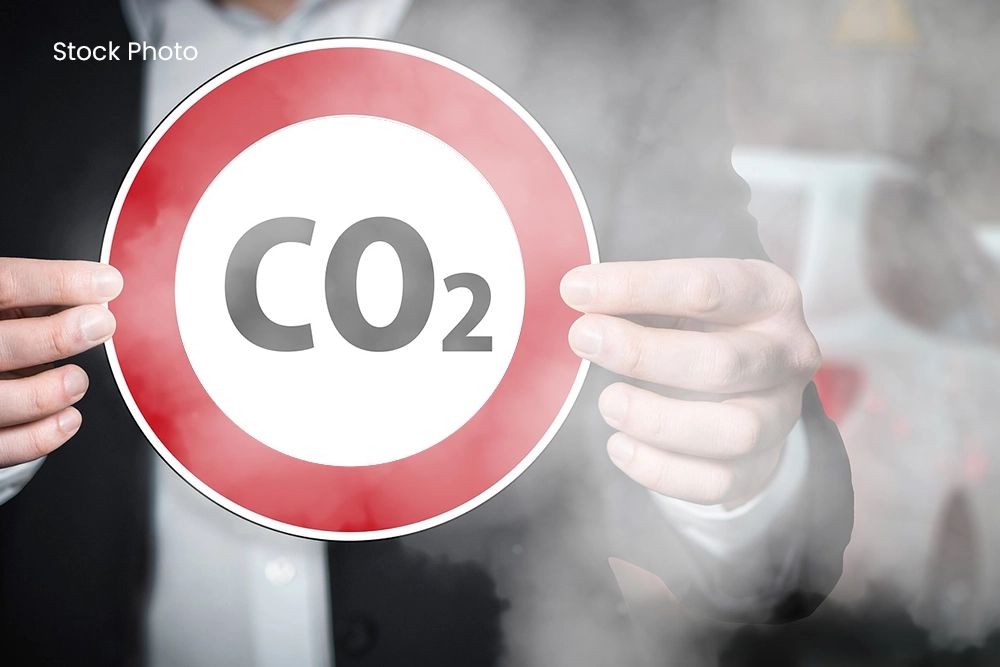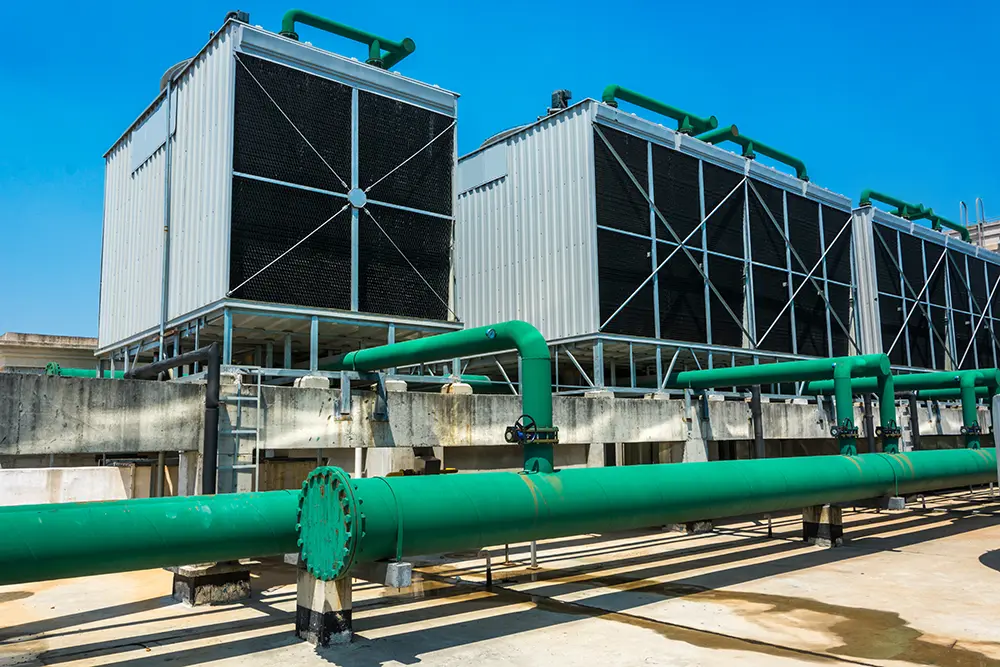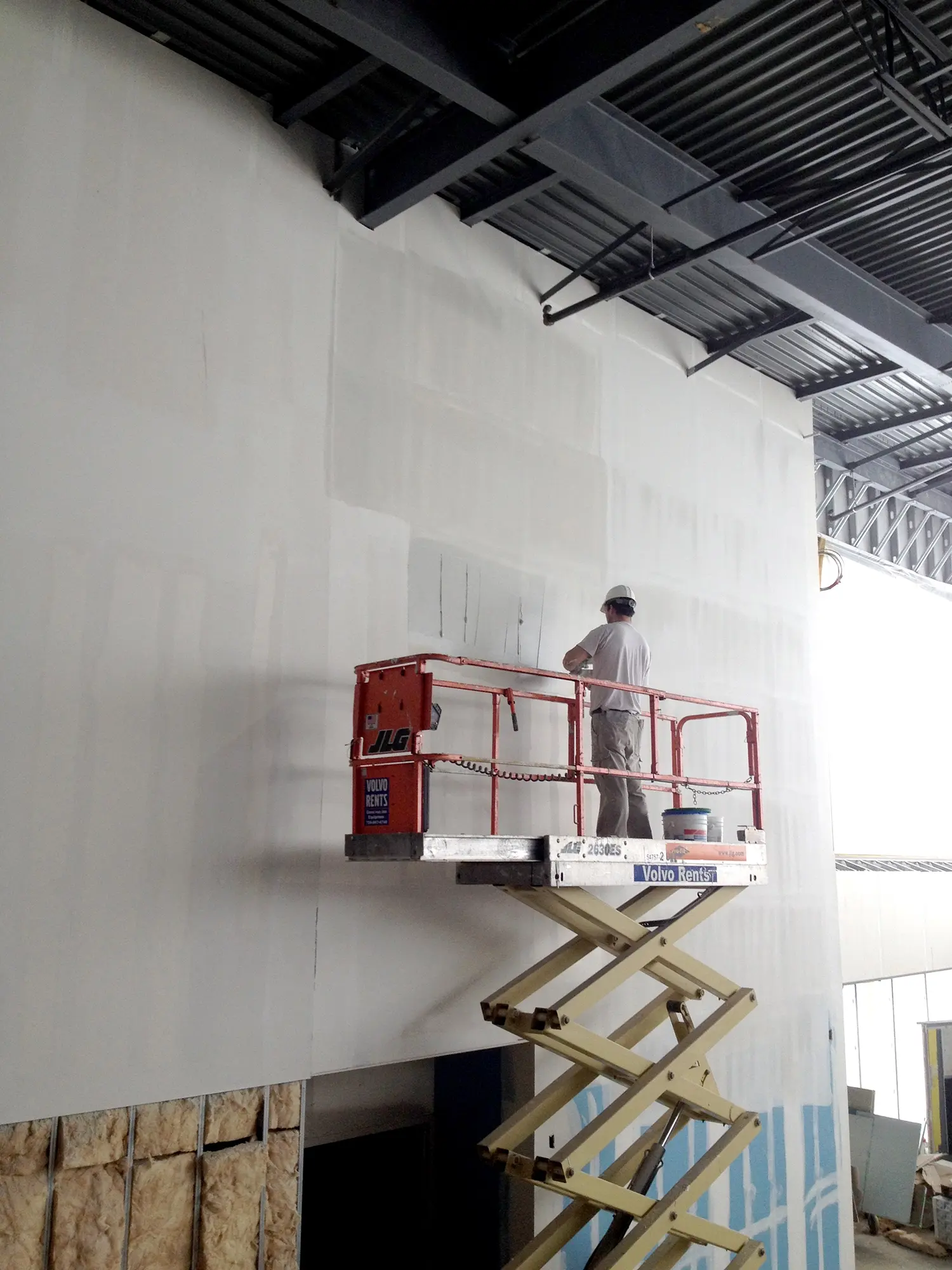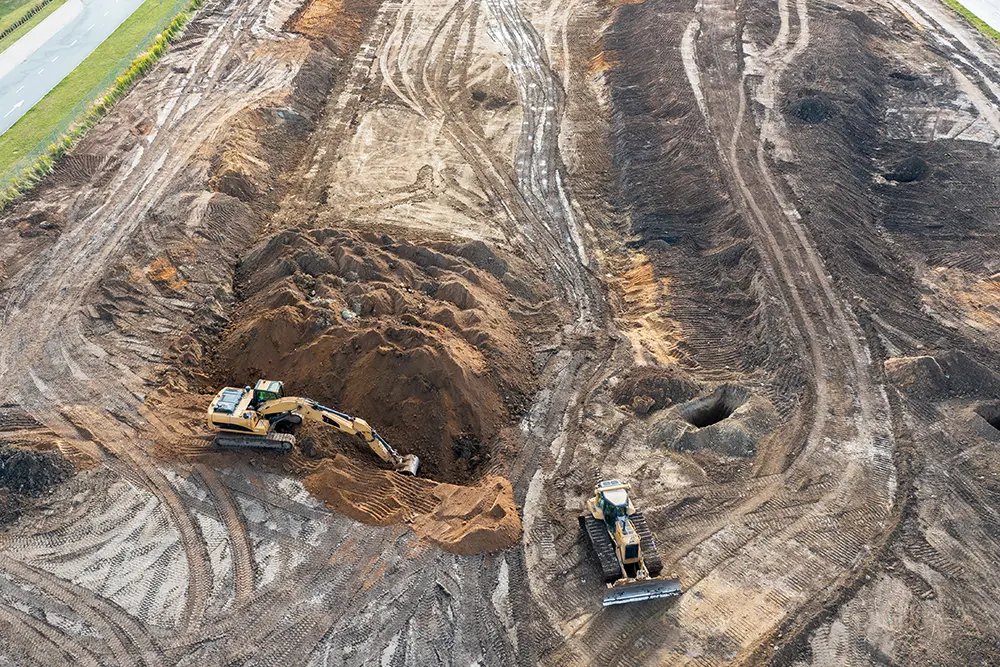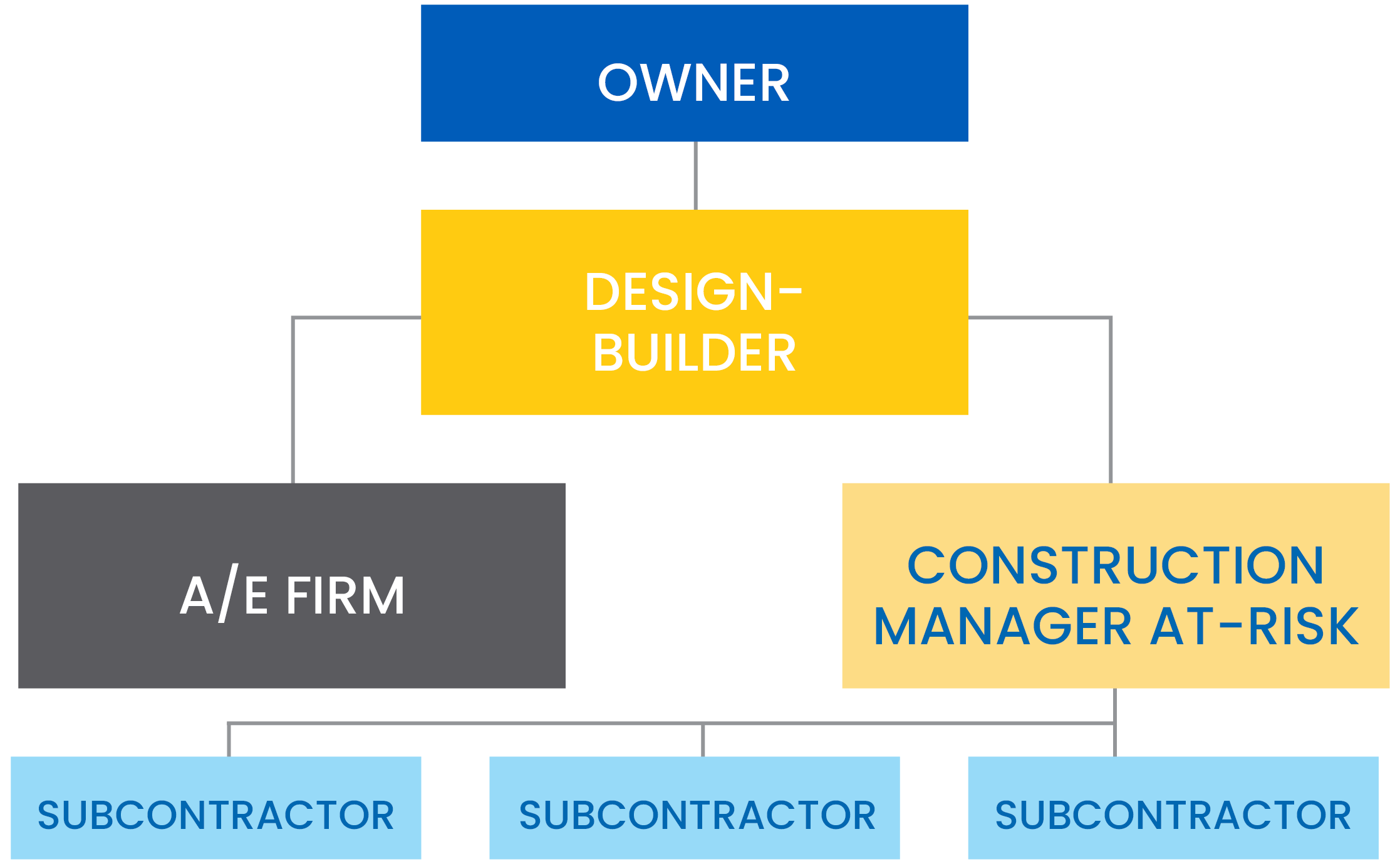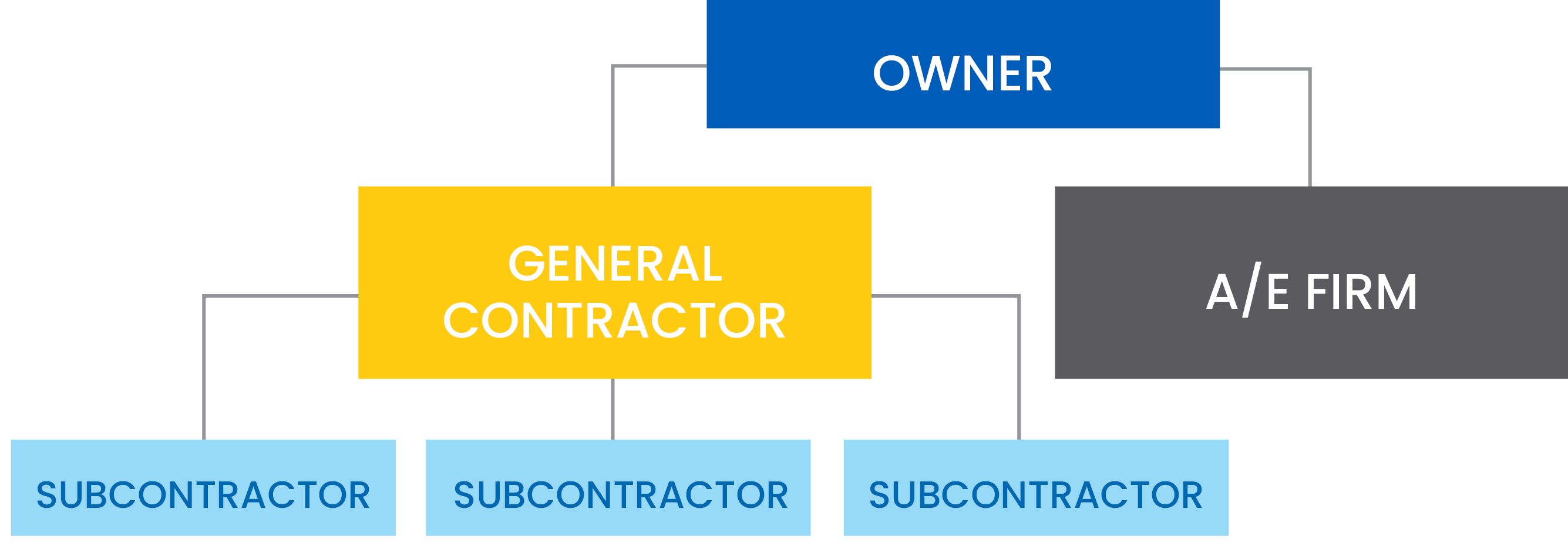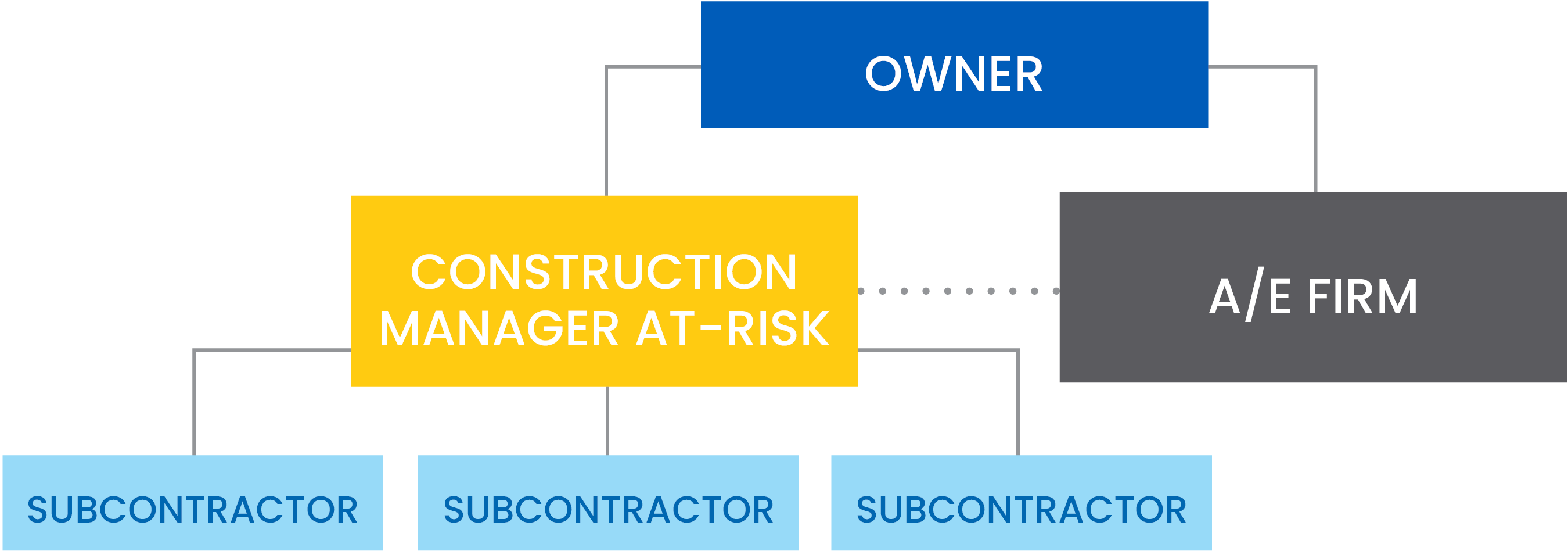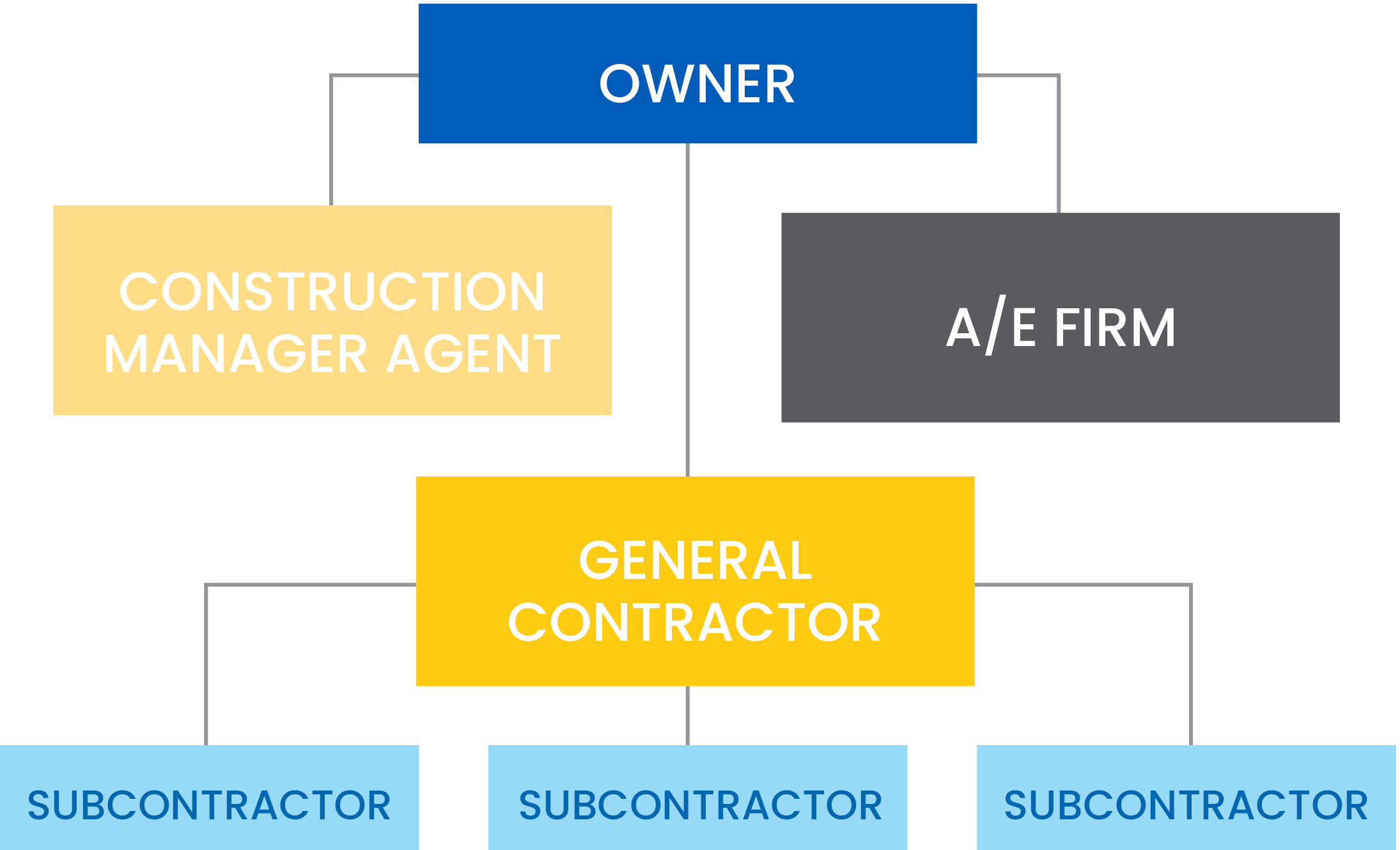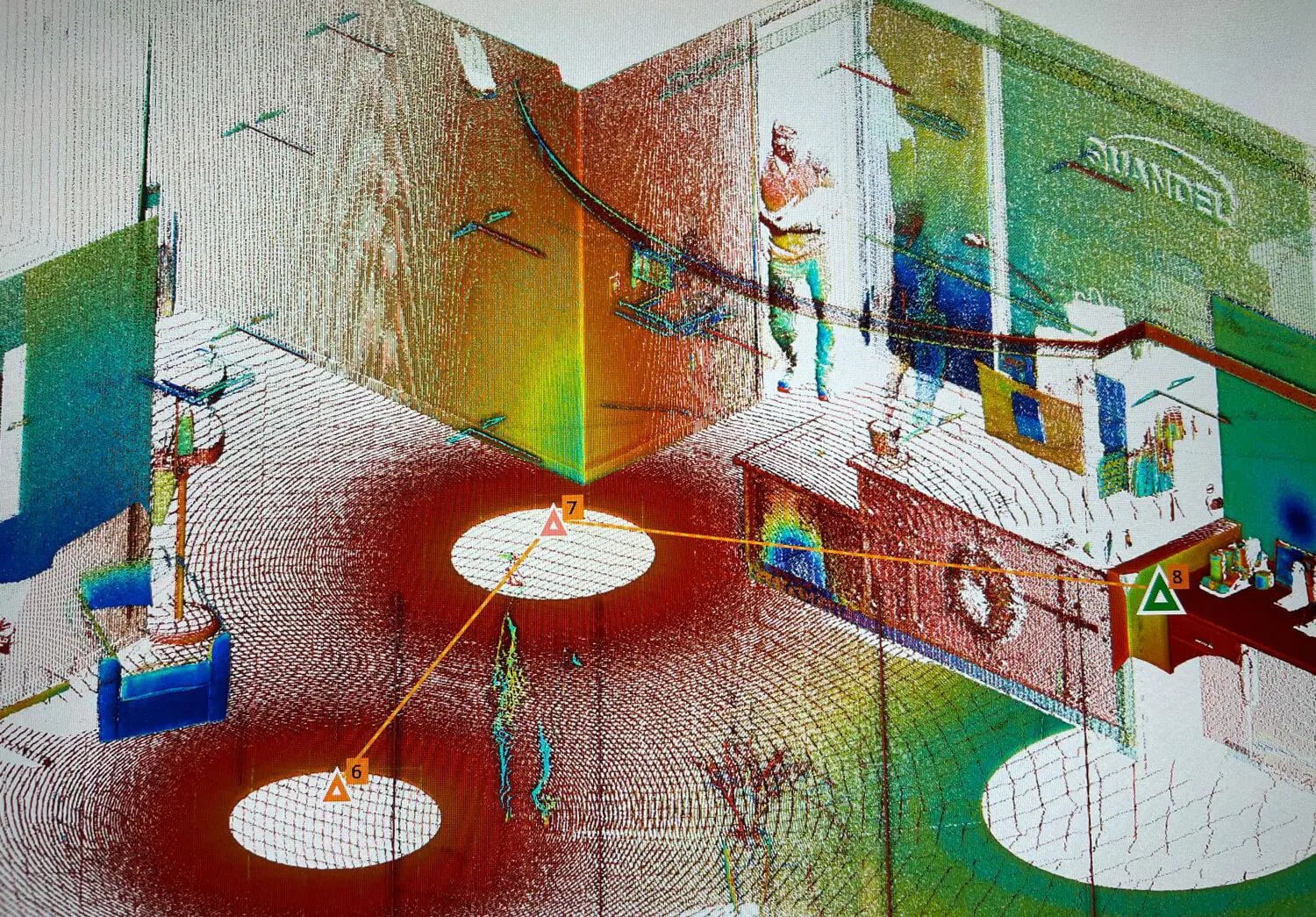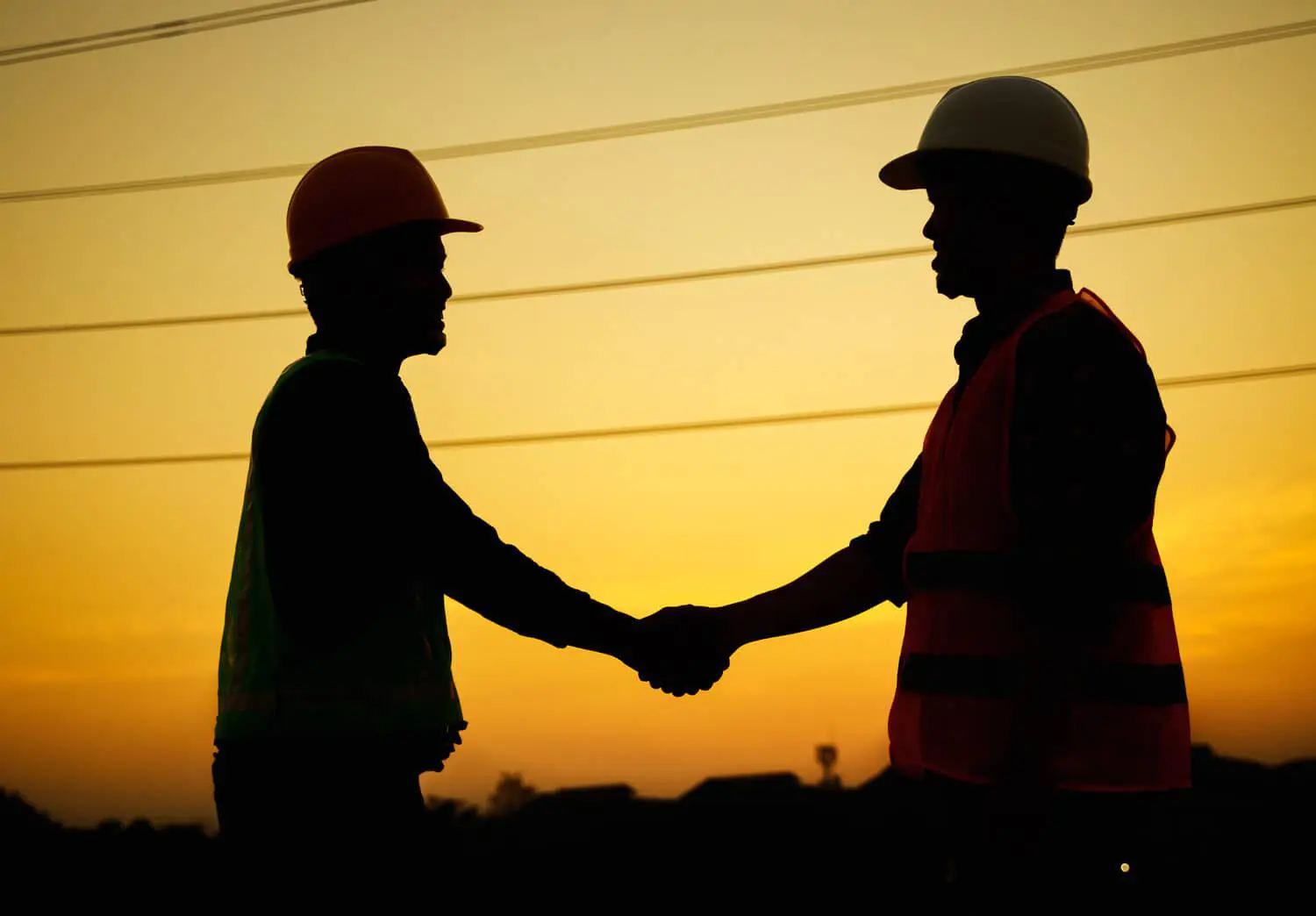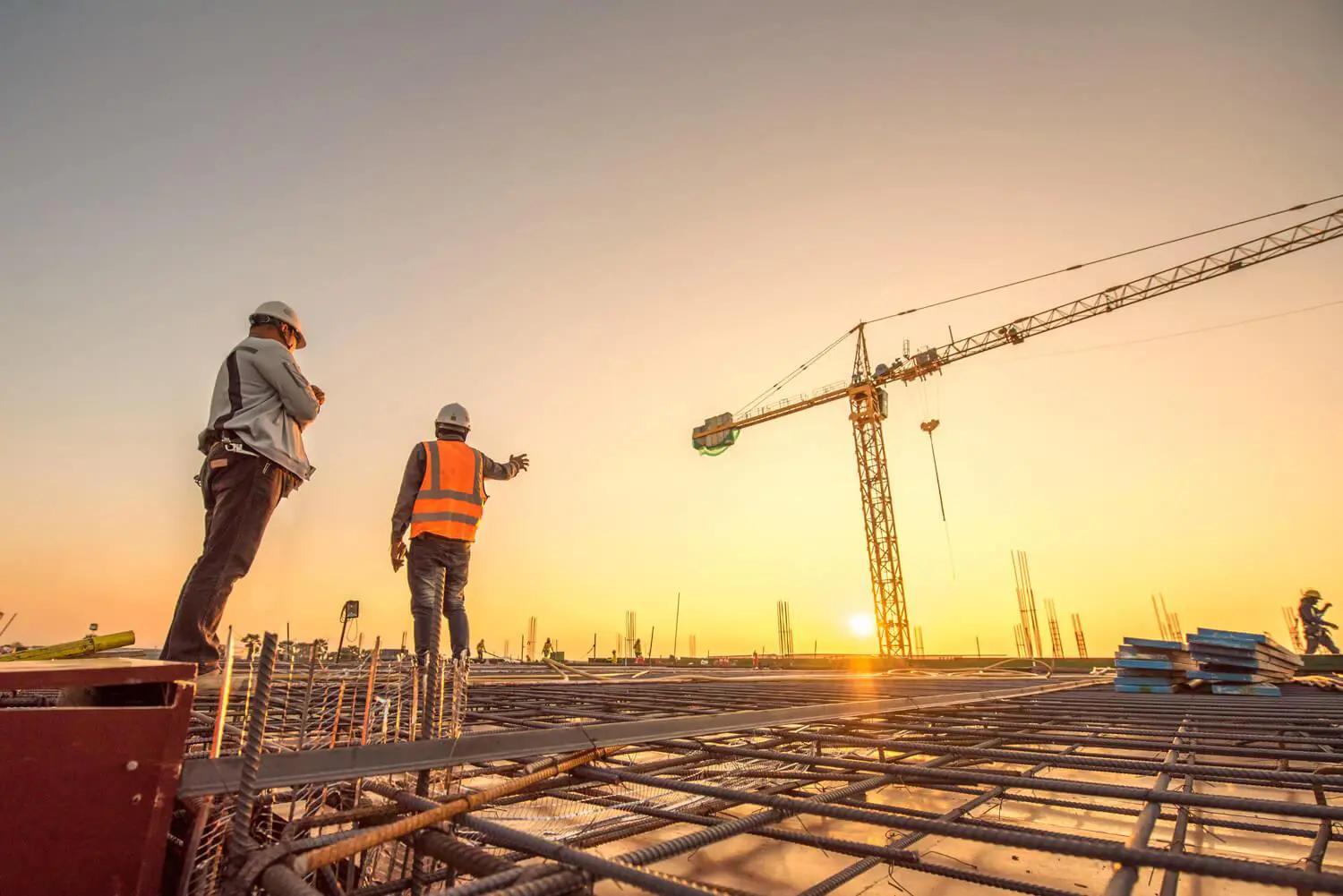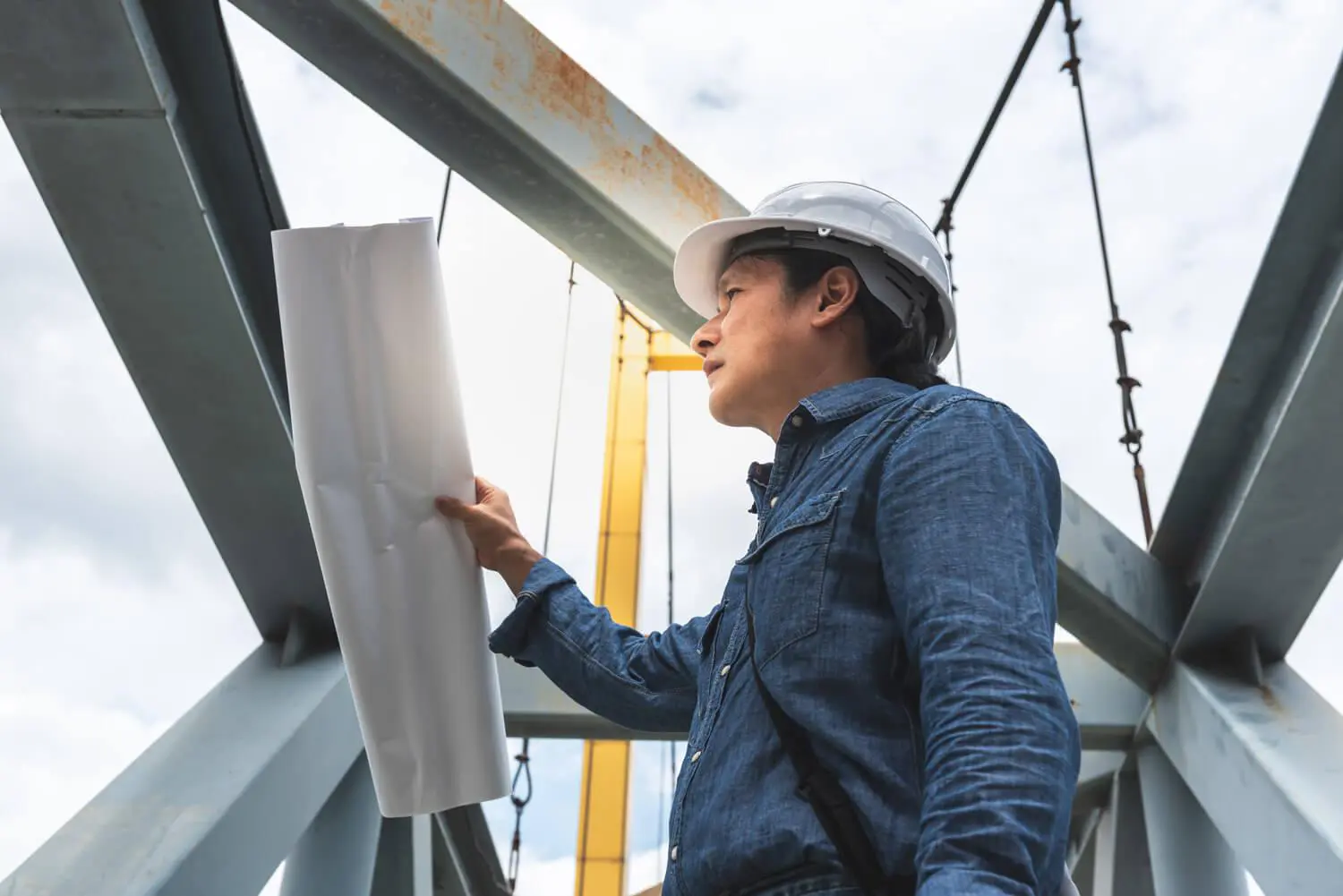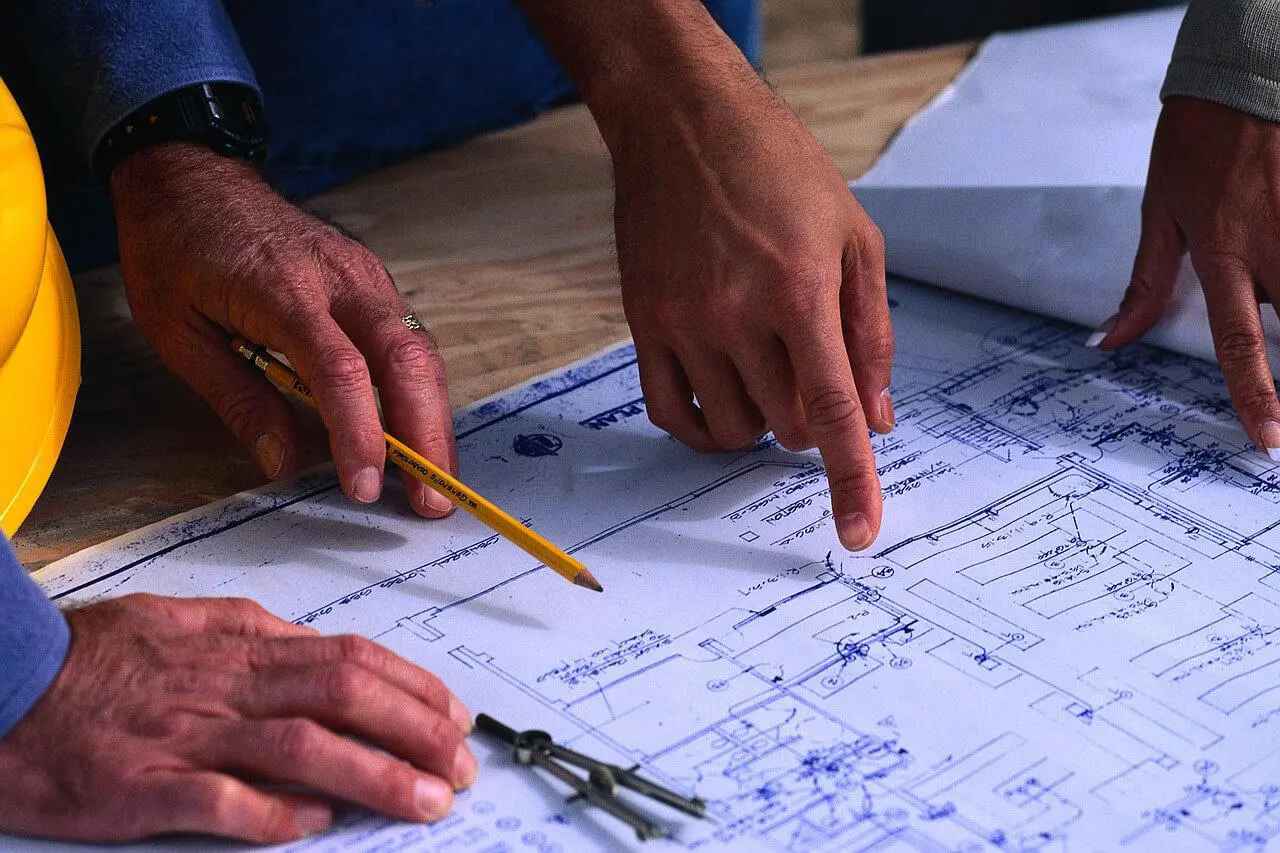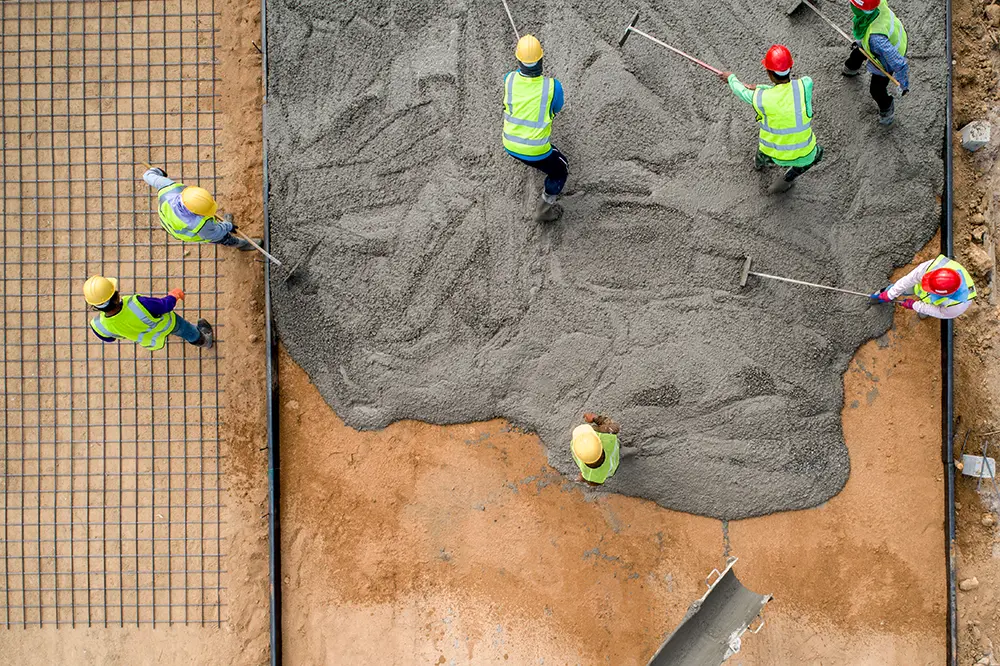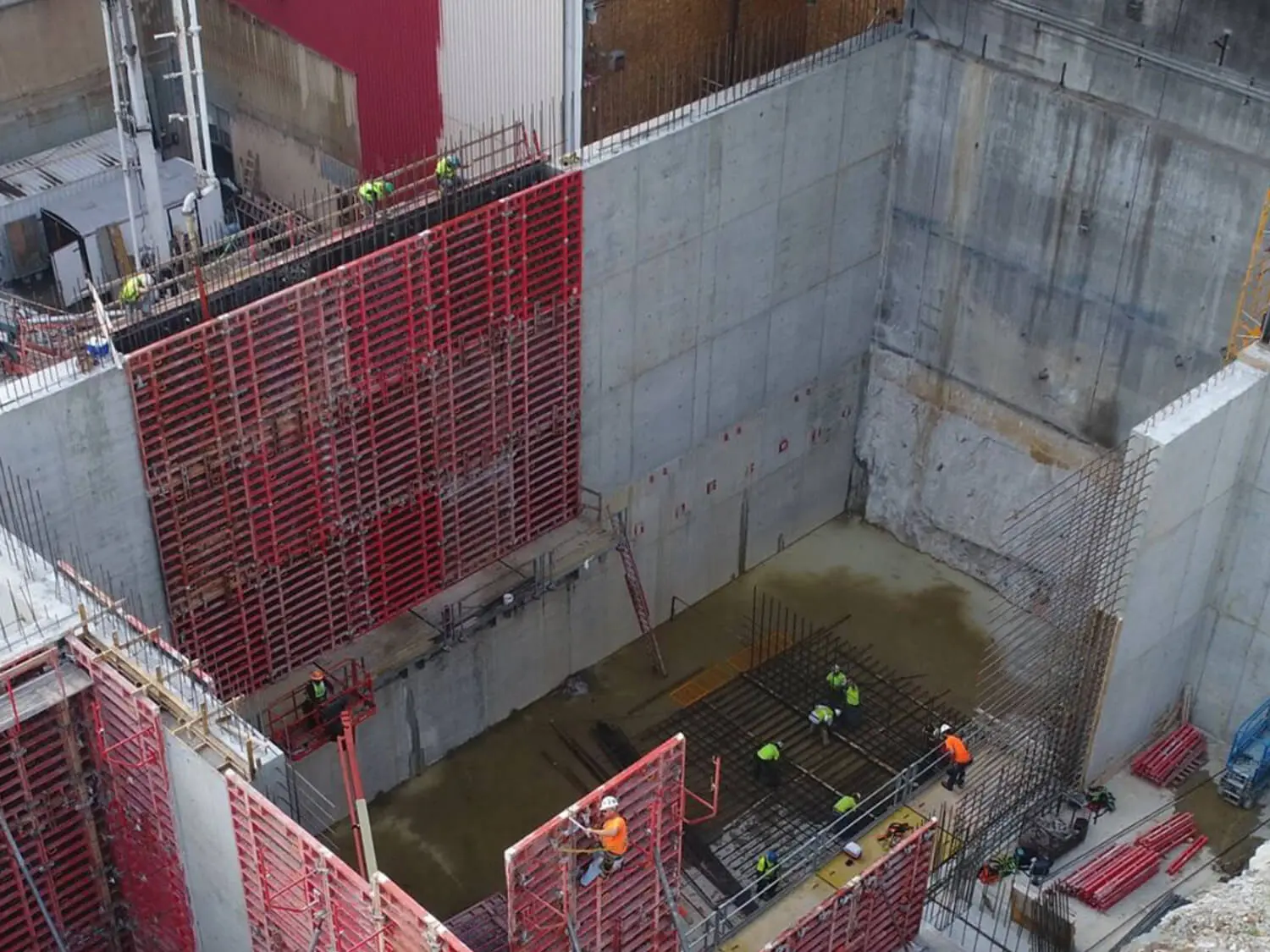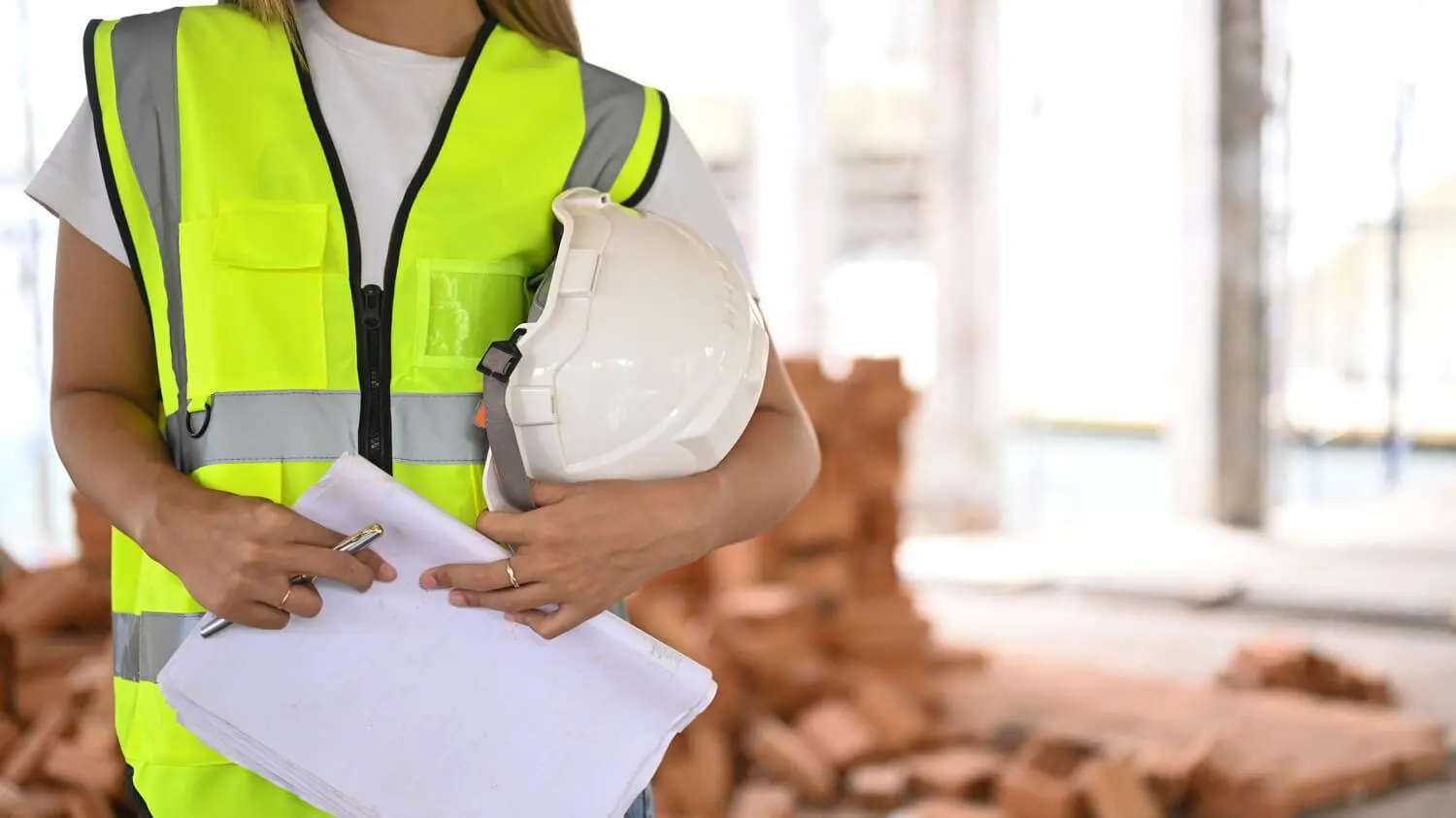Regulations: Carbon Monoxide “Yes” CFR 1926 Refers to the 1917 Regulations
OSHA Standard 1926.1203(e)(2)(iii), Before an employee enters or works in an area, the internal atmosphere must be tested, with a calibrated direct-reading instrument, for oxygen content, for flammable gases and vapors, and for potential toxic air contaminants, in that order.
OSHA Standard 1917.24(a) Exposure limits. The carbon monoxide content of the atmosphere in a room, building, vehicle, railcar, or any enclosed space shall be maintained at not more than 50 parts per million (ppm) (0.005%) as an eight-hour average area level and employees shall be removed from the enclosed space if the carbon monoxide concentration exceeds a ceiling of 100 ppm (0.01%).
OSHA Standard 1917.24(b) Testing. Tests to determine carbon monoxide concentration shall be made when necessary to ensure that employee exposure does not exceed the limits specified in paragraph (a) of this section.
OSHA Standard 1917.24(d) Records. A record of the date, time, location, and results of carbon monoxide tests shall be available for at least thirty (30) days.
OSHA Standard 1926.1203(e)(2)(v)(A) An employee must not enter/work in the space until the forced air ventilation has eliminated any hazardous atmosphere.
Key Points: Carbon monoxide is the number #1 killer gas on construction sites.
What You Need to Know!
- CO₂ is invisible and the same weight as air: You can’t see, smell or taste it – it displaces oxygen.
- CO₂ comes from incomplete combustion: Exhaust fumes are usually the issue.
- Often found in poorly ventilated spaces: Basements, attics, tented areas, confined spaces & work areas with fuel-powered equipment running.
- Early Symptoms: Weakness, Nausea, Dull Headache, Vomiting, Dizziness, or Confusion.
IF YOU EXPERIENCE ANY OF THE ABOVE STOP WORK & REPORT - CO₂ Effects on the Body: lack of oxygen will cause disrupted breathing & high blood pressure.
- Diagnosis: Carboxyhemoglobin Test – carbon monoxide level in blood
- IDEAL – Under 3%
- SEVERE POISONING – 20% or more
- Treatment:
-
- Fresh air 21% Oxygen 6 hours to decrease by half CO Blood Levels
- Inhaling Pure Oxygen
- Serious detox – Hyperbaric Oxygen Chamber

